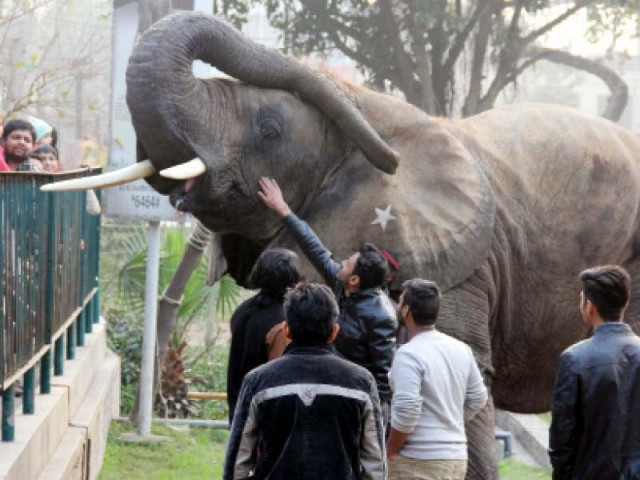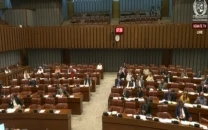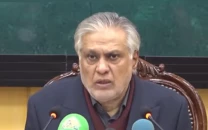Premature deaths stalk zoo animals
Lack of trained staff, treatment facilities have resulted in the untimely demise of imported animals

As the Lahore Zoo and Safari Zoo await the import of new animals and birds, more than a dozen valuable and rare animals imported during the last four months have died, raising alarm bells among wildlife experts who blame the lack of zoo facilities.
In 2023, the former caretaker government had launched a project to renovate the Lahore Zoo and Lahore Safari Zoo, for which Rs5 billion alongside an additional Rs350 million were allocated. As a large number of new animals and birds were imported, some of the animals died soon after settling in their new homes.
Nine wildebeests, known for their large, curved horns, died at the Lahore Safari Zoo. Two new-born Nyala deer died a few days after birth. A semi-Oryx and its calf died during delivery. A Sindh ibex died due to deep wounds sustained during a fight, while a valuable python and a few other insects and monkeys also died. Similarly, a James Bok died due to illness at the Lahore Zoo while another was seriously injured.
Lahore Zoo's Former Director Sheikh Muhammad Zahid clarified that these deaths occurred at different times and for varying reasons. "The James Bok was imported from a warm region of Africa. These animals were brought in November 2024. At that time, there was severe cold and smog in Lahore. Due to this, these animals fell ill and later died. The change of environment affects the health of animals," said Zahid.
On the other hand, Dr Babar Saleem, who has been serving as a veterinary officer at the Lahore Zoo and Lahore Safari Zoo believed that premature animal deaths were a problem across zoos in Pakistan. "Unlike foreign countries, our zookeepers and veterinarians lack formal training while doctors are also not available 24 hours a day. No special feed is prepared for animals and birds. Apart from this, doctors are afraid of facing an inquiry while conducting any experiment on a sick animal. Hence, they are unable to use any new technique. All these factors contribute to the poor health of the animals," said Dr Saleem.
WWF representative Dr Uzma Khan, who is also a member of the Punjab Wildlife Management Board, told The Express Tribune that when wild-caught animals were kept in captivity, they definitely got stressed, which affected their health. "Upon seeing some animals one can tell that they are caught from the wild, but this is difficult to prove since dealers usually prepare fake documents. When dealers import animals from other countries, they do not provide a medical history of the animals, and it is not known how they were brought. For instance, the Mona monkeys in Lahore Zoo were purchased from a local dealer but when these monkeys arrived some of them had died. Therefore, it is likely that the dealers import animals illegally," said Dr Uzma.
Dr Khan's position is supported by the fact that the Nyala females imported to Lahore Zoo were a few months pregnant. They had to travel long distances during shipping hence the newborns were very weak at birth and died within a few days. This incident raises a very crucial question: when these animals were selected, did the experts not know that they would be unable to thrive in the environment of Pakistan?
Addressing the concerns, Mudassar Hassan, Director of the Revamping Project, claimed that the animals, costing Rs350 million, were selected by a team of domestic and foreign experts. "The bidding documents for the purchase of animals contain conditions that only captive animals will be purchased. The contractor will be obliged to disclose the source of these animals and birds and if necessary, the DNA of the animals can also be obtained," said Hassan.



















COMMENTS
Comments are moderated and generally will be posted if they are on-topic and not abusive.
For more information, please see our Comments FAQ